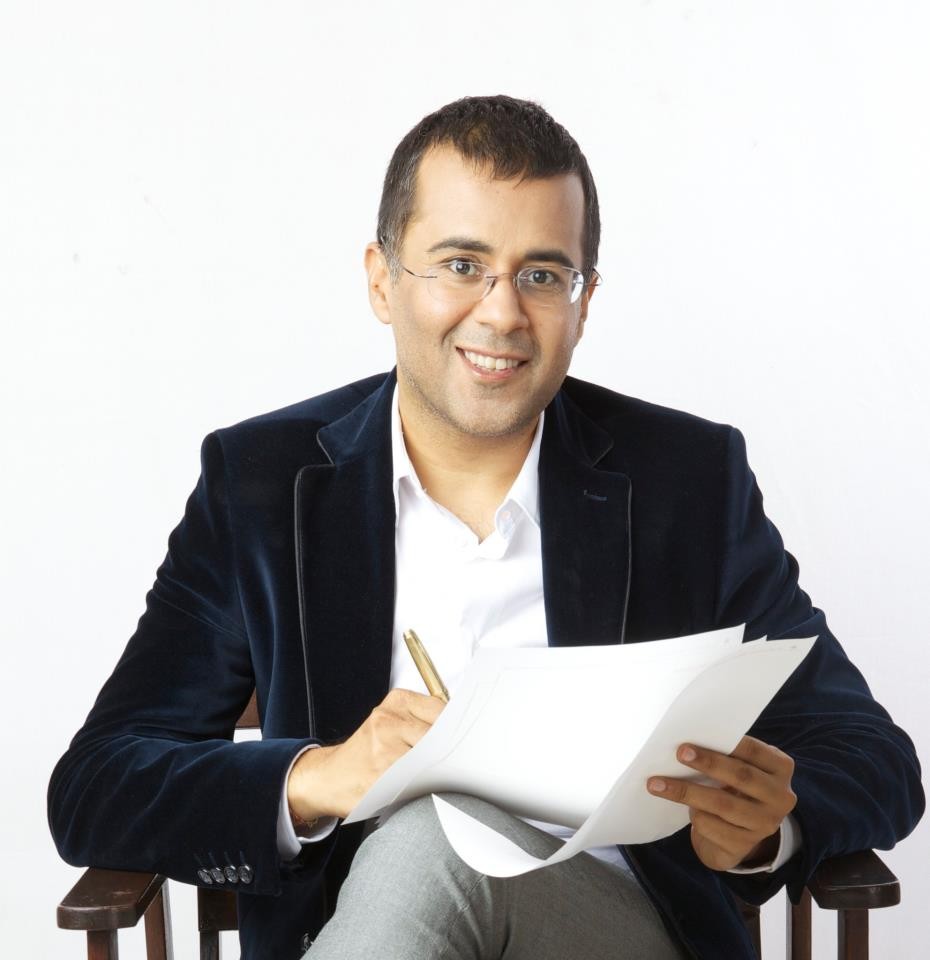A
Short History of Newspapers and Magazines
• The emergence of the new media branch in the 17th century has to be
seen
in close connection with the spread of the printing press from which
the
Publishing press derives it name. The first newspaper in France was
published in 1631, La Gazette (originally Published as Gazette
de France)
• The first newspaper in Portugal, A Gazeta da Restauração,
was published in
1641 in Lisbon.
• The first
Spanish newspaper, Gaceta
de Madrid was published in 1661.The first successful English daily, The Daily Courant, was published from1702 to 1735.
Role
of Press
· Watch dog of
democratic society
Social
Responsibility
· Investigation of scams
· To propagate social reforms
· Passing information
· Sharing information
· Motivating Power of the society
· Emphasizing education
· Opinion Builder
· Generate debate
· Act as people's mouth piece
· The press occupation is pivotal a position in the life of a nation
· And it’s people.
· Eradication of social evils
· Guardian of the rights and liberty of people
· Investigation of scams
· To propagate social reforms
· Passing information
· Sharing information
· Motivating Power of the society
· Emphasizing education
· Opinion Builder
· Generate debate
· Act as people's mouth piece
· The press occupation is pivotal a position in the life of a nation
· And it’s people.
· Eradication of social evils
· Guardian of the rights and liberty of people
Press
Council of India
• It is a statutory body consisting of 28 members representing owners
of the
Newspapers, news agencies, journalists, educationalists, legal experts
and
Expats on various subjects
• Functions:
• This body has the power to warn and stop and censor any editor’s or
Journalist’s work who flouts the standard of journalistic ethics and
public
Texts.
• Aims:
PCI has been established to
preserve and improve freedom of press on one
Hand and on the other hand to maintain and improve the standard of
Newspaper and new agencies. The PCI takes care of the press codes and
press
Ethics in the following manner:
• Freedom on information
• Freedom of access to information sources
• Objectivity, truthfulness and interpretation of facts
• Responsibility to public and it’s rights, interest and in relation
to national,
racial and religious communities of the nation, the state and to
maintain
peace.
Freedom
of Press
• Article 19 (1) clearly states that right to freedom of speech and
expression is
the fundamental right for every citizen of India.
• The same article states that Freedom of Press is included in there.
• Freedom of press is essential in any democratic society for healthy
development. It helps people at large to know about the undercurrents
of the
national scenario.
• The press is a great social asset as it works as a watchdog on
various activities
and authorities by exercising it’s role.
• Countries
which curb the freedom of press suffer great losses in the long run.
With freedom of press we cannot overlook the security of the
individual being
forgone, chaos in public life and disruption of harmony among many
social
groups. If any news report causes the aforementioned factors, the
press
should not allow it.
• Anything that disturbs security and integrity of the nation,
communal
harmony, international relationship, chaos in public life or interference
in
private life or matters in relation to the contempt of the court is
considered
offense and
legal action are provided
Therefore there are media laws which curtail press freedom.
Limitations
to the freedom of expression in matters affecting:
• Sovereignty and integrity of the state
• Public order
• Security of the state
• Friendly relations with the foreign countries
• Morality
• Content of codes
•
Incitement to offenses
Audit
bureau of Circulation ltd. (ABC)
• Private body with 252 regional and national publishers, 208 leading
advertisers, news agencies and advertising agencies
• It surveys the circulation of publications in English, hindi and 12
regional languages, in more than 50 major Indian towns.
• ABC carries out circulation surveys on a regular basis and issues
‘Certificates of Net Paid Circulation’ every six months.
• It has a very high reputation for reliability and impartiality and
is
therefore quotes with authority.
• Like NRS,
ABC too is urban-oriented 90% of publications are not members of ABC; barely 20
of the English weeklies and an equal number of the Hindi dailies are enrolled
asmembers.
• Yet it is contended by advertisers, that ABC covers the entire
‘Indian’
daily press.
• The fact is that a good number of members do not submit their
circulation figures for verification.
• ‘Not
Received’ NR is a familiar feature in the auditor’s reports.
Press
Trust of India
• (often abbreviated as PTI) is the largest news agency in India.
• It is headquartered in Delhi and is a non-profit cooperative among
more than 450
Indian newspapers and has a staff of about 2,000 writers spread across
150 offices
nationwide.
• It took over the Indian operations of the Associated Press and
Reuters soon after
India's independence on August 15, 1947.
• It provides news coverage and information of the region in both
English and Hindi.
• It exchanges information with several other news agencies including
100 news
agencies based outside India, such as Associated Press, Agence
France-Presse, The
New
York Times and Bloomberg L.P..
• Major Indian subscribers of PTI include Times
of India, the Indian
Express, the
Hindustan
Times, the All India
Radio and Doordarshan. PTI has offices in Bangkok,
Beijing, Colombo, Dubai, Islamabad, Kuala Lumpur, Moscow, New York and
Washington D.C..













